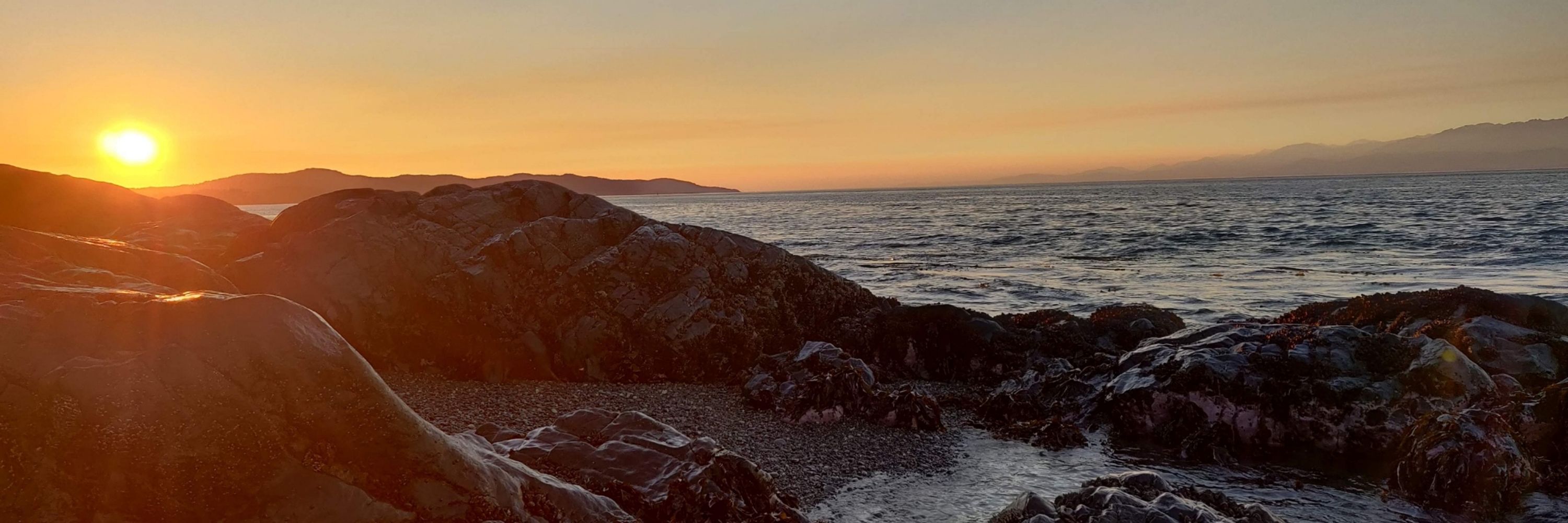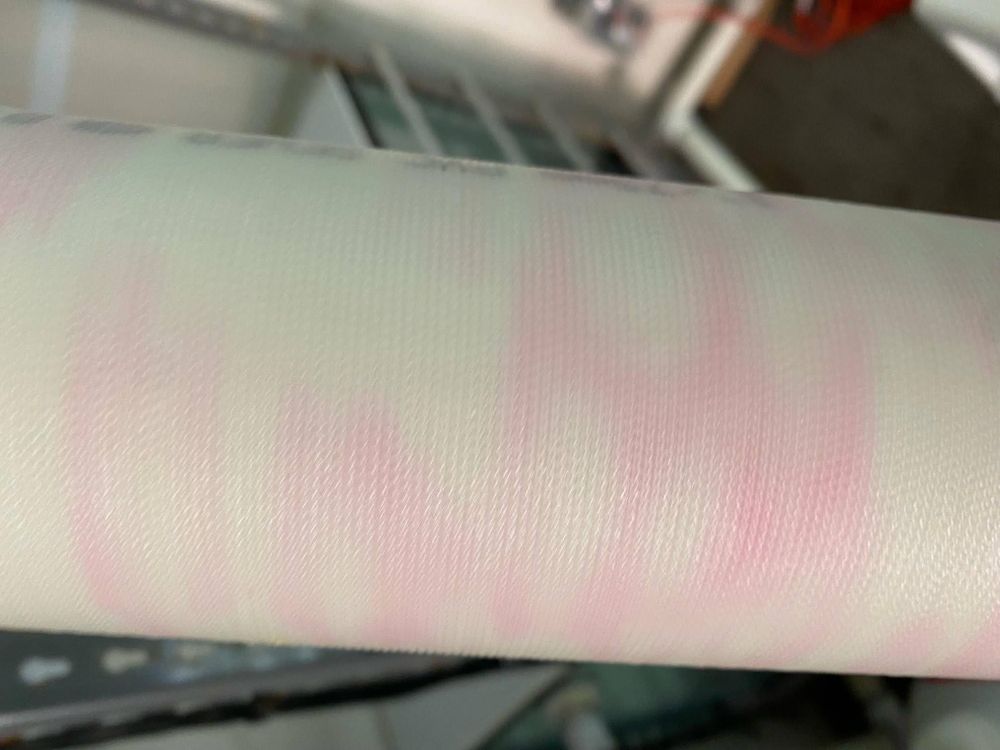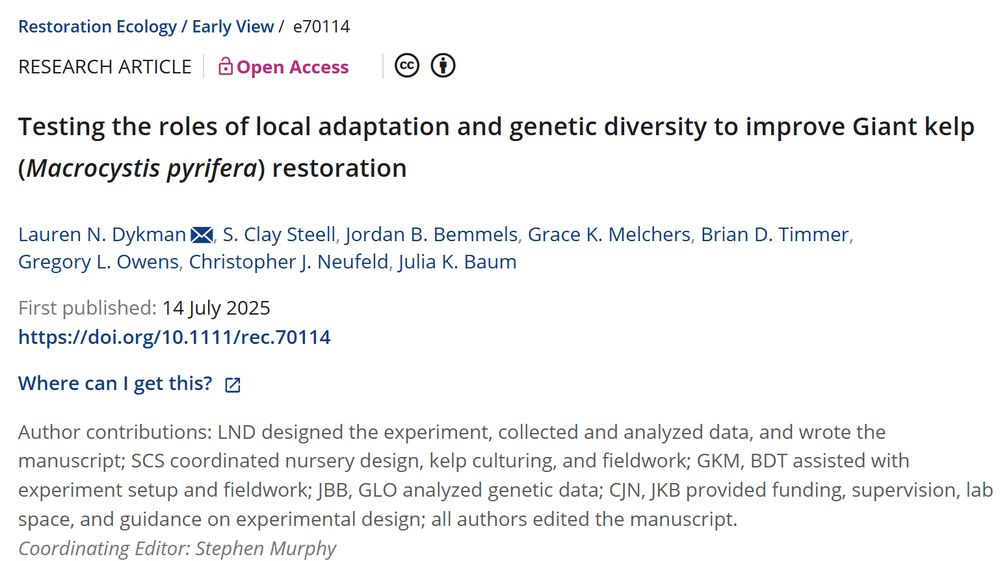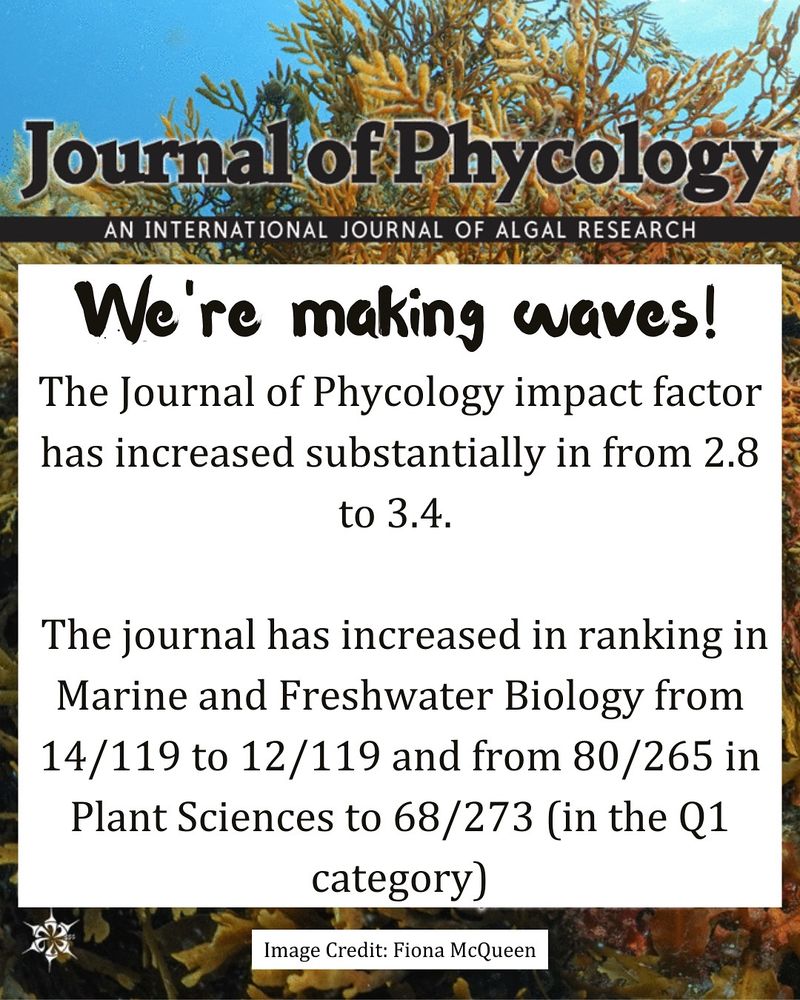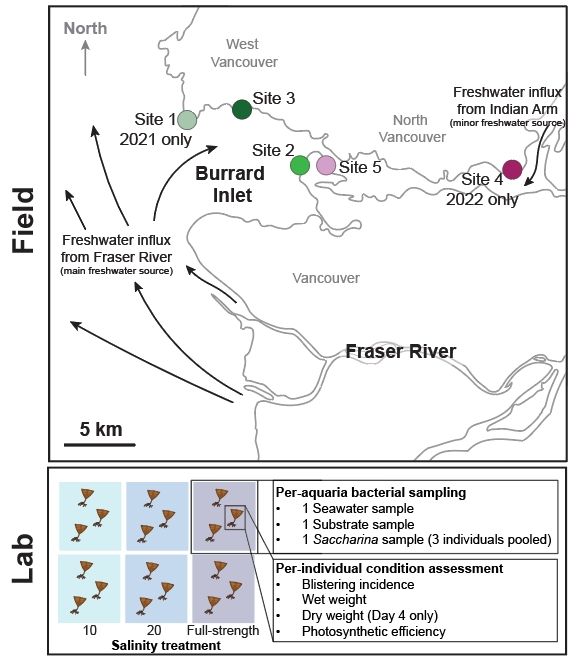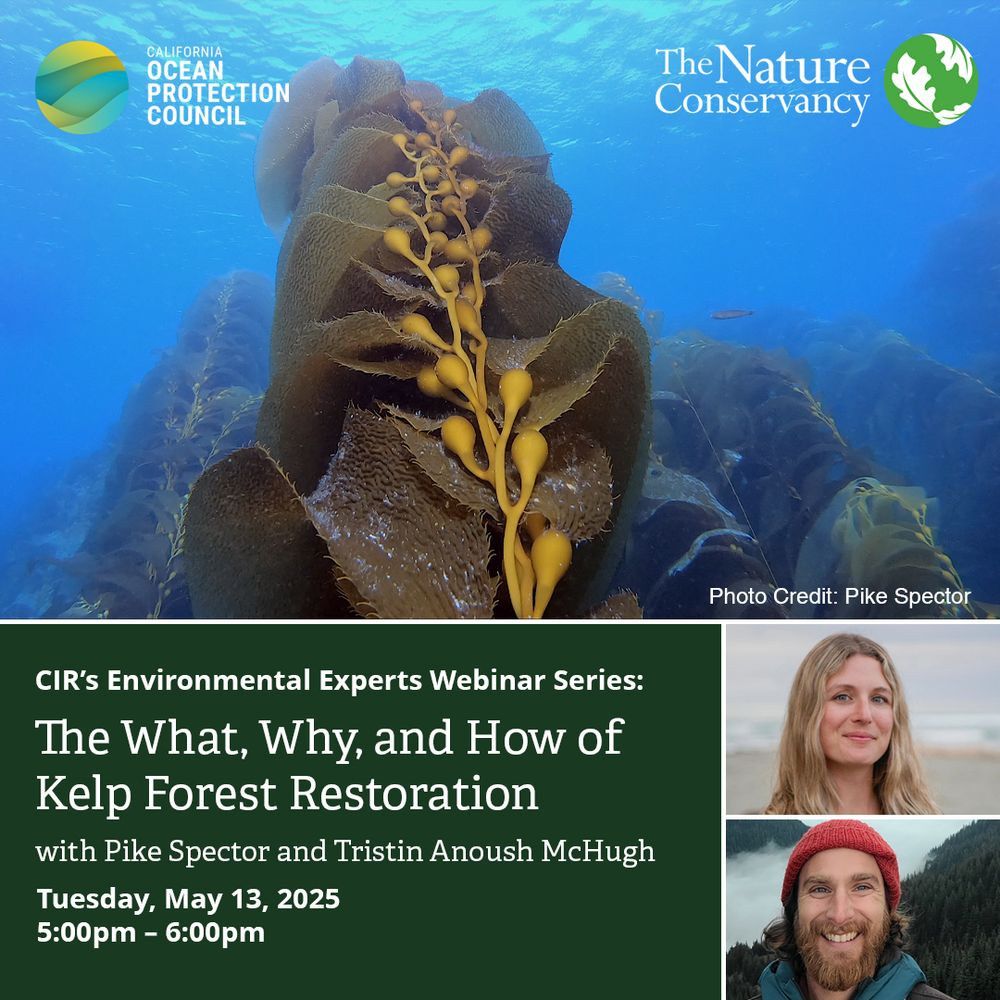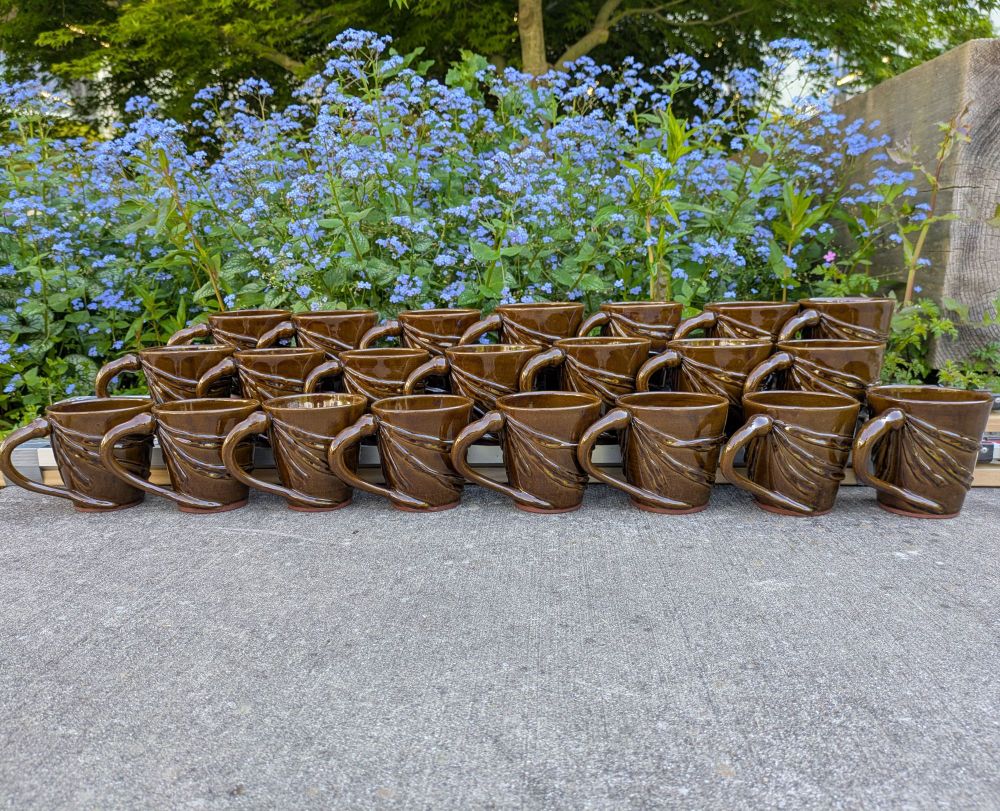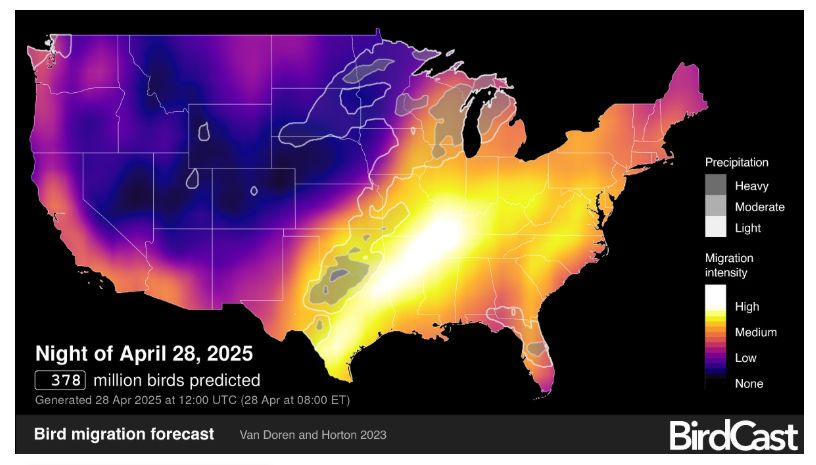Siobhan Schenk
@siobhanschenk.bsky.social
420 followers
240 following
70 posts
Trying to grow nori in Northern BC
PhD in Botany
Posts
Media
Videos
Starter Packs
Pinned
Reposted by Siobhan Schenk
Reposted by Siobhan Schenk
Reposted by Siobhan Schenk
Reposted by Siobhan Schenk
Reposted by Siobhan Schenk
Reposted by Siobhan Schenk
Reposted by Siobhan Schenk
Reposted by Siobhan Schenk
Reposted by Siobhan Schenk
Reposted by Siobhan Schenk
